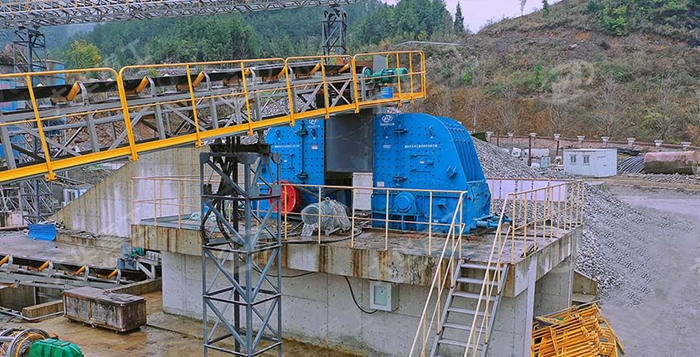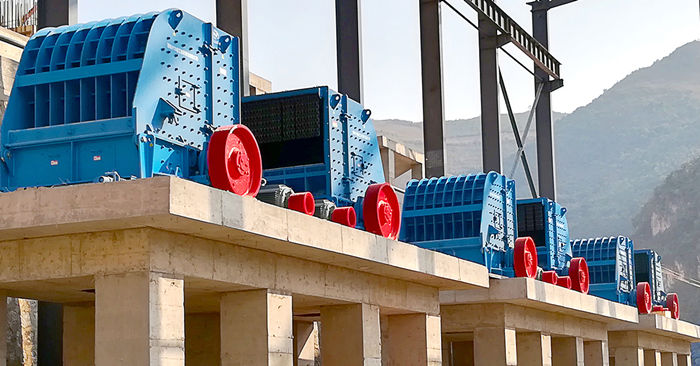Product Knowledge
What Materials are Suitable for Impact Crushers?
author:dahua2 time:2025-05-19
Impact crushers can handle a wide range of materials, which are specifically classified as follows:
I. Common minerals and rocks
1. Sedimentary rocks
• Limestone: widely used in cement, building materials and metallurgical industries, with a compressive strength of ≤350MPa
• Gypsum: an important raw material in the chemical industry, which can maintain uniformity of discharge
• Dolomite and quartz sand: used for metallurgical flux and glass manufacturing respectively
Sandstone and phosphate rock: used in construction or phosphate fertilizer production after crushing
2. Igneous rocks
• Granite and basalt: processed using the impact crushing principle, the finished product is cubic particles
II. Industrial waste and renewable resources
1. Metallurgical waste slag
• Slag and steel slag: crushed into reusable aggregates for building materials production
2. Construction waste
• Concrete recycled materials: generated recycled aggregates after crushing to meet road construction needs
3. Coal related
• Original Coal, coke: used for ore dressing or fuel processing after crushing, 3-5mm particles account for 85%
III. Materials with special characteristics
1. Brittle materials
• Pyrite, calcium carbide, shale: uniform particle size after crushing, suitable for chemical or brick making fields
• Bauxite, molybdenum ore: use its brittle characteristics to achieve efficient crushing
2. High water content materials
• Clay materials: avoid blockage through special design to ensure continuous operation
IV. Performance parameters and scope of application
• Processing capacity: maximum feed particle size ≤700mm, compressive strength ≤350MPa
• Discharging characteristics: by adjusting the gap between the impact plates, the finished product particle size can be controlled at 0-60mm, and the proportion of cubic particles is ≥90%
• Applicable scenarios: widely used in building materials, chemical, and metallurgical industries, especially suitable for aggregate production lines and construction waste recycling projects
Previous Article:No Information
Next Article: What is the Reason for the Blockage of the Sand Making Machine? How to solve it?








